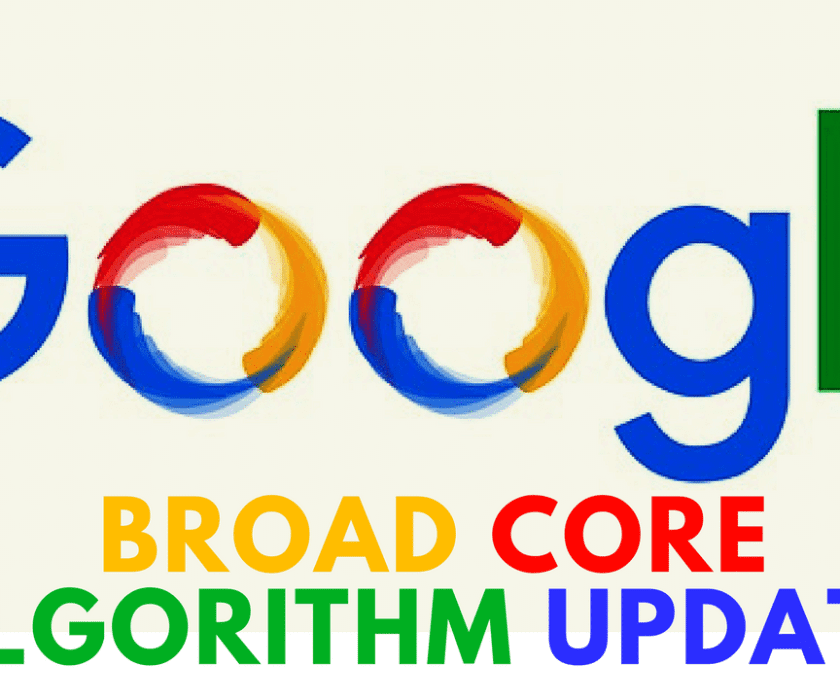Back in the days like 2010, Search Engine Optimization was all about getting as many backlinks as you can. Furthermore, you can even add as many keywords as you can. Thus, what people know then as SEO is that it produces results to enable us to change engineer content that rates higher. However, these days, what people know about the search engine has changed. As a result, its optimization has also changed.
Formerly, to identify the keywords is enough but now, more is needed. There is the need to understand the meaning of the keywords. Moreover, you have to provide standard data that contextualizes the keywords. Also, there is the need to acknowledge the user intent strongly. In this era of semantic search, all these factors are crucial.
In this article, we are going to discuss everything you need to know about Semantic Search. We will also discuss its importance for Search Engine Optimization. Also, we will talk about how you can optimize content for a successful Semantic Search.
The Meaning of Semantic Search
Semantic search explains the effort that any search engine makes to produce results that are mostly accurate. However, this result is only achieved by understanding these following;
- The intent of the searcher
- The context of the query
- The connection between words.
Literarily, what semantic search is looking for is the way it can understand the natural language just like a human being. For instance, if you are to ask a friend “which mammal is the biggest? Then you ask again “how large is it? There is no need to explain to your friend what the “it” there means. That is because; he or she already knows that you are referring to the largest mammal which is the blue whale.
Understanding the context of that following question to your friend wouldn’t have been possible for search engine before 2013. What Google will do is try to match the particular keywords from “how large, is it? Instead of providing an answer to “how large is the blue whale? The search engine will keep on returning web pages with the same keywords. However, with semantic search, Google can now differentiate between things, people, and places.
It can also interpret the intent of the searcher based on the following factors;
- The location of the user
- The search history of the user
- Variations in spelling
- Worldwide search history
For instance, if what you are searching for is “Diamondback” and you have carried out up to 15 searches that are all about snakes. It will lead Google to conclude that maybe you want to know about rattlesnake. The search engine will never presume that you may be looking for the terror of Luke Cage or bicycle brand.
A Short History of Semantic Search
Knowledge Graph
The knowledge graph came into existence in the year 2012 as the initial step by Google. This step is used to build the importance of contexts and entities over many different keywords. The emergence of this graph prepared the platform for the upcoming changes in the large-scale algorithm. Since the Knowledge Graph serves as a large database for public information, it gathers data that about public domain. Such information like;
- The presidential term of Abraham Lincoln
- The distance will take to reach the moon
- How “Star Wars” was cast
It also collects the properties for each of the entities such as people’s birthdays, occupations, siblings, and parents.
Hummingbird
Google introduced its Hummingbird update in 2013, and it may be regarded as the starting point for today’s Semantic search. Hummingbird makes sure that pages that match the meaning are promoted instead of pages that only match few words. What it all means is that the pages that match the intent and context of the searcher better ranks higher. They rank more than those that repeat keywords without context ad nauseam.
RankBrain
The launching of RankBrain was actualized in 2015 by Google. It is a kind of a machine’s learning system. It is also a ranking element and an upgraded query analysis {AI}. Just like Hummingbird, RankBrain is searching for the understanding behind user intent as they make their queries. Their only difference is the machine learning component that RankBrain has.
Furthermore, RankBrain is constantly analyzing, learning the perfect functioning search results. Also, it is searching for what is similar in the pages which users regard as valuable. In this regard, RankBrain may rank a page as “good response” to a particular query whereas, the specific words in the query are not there.
How did the Semantic Search Affect SEO?
- It made Users Lean Towards Voice search
The increase in voice search made it possible for a semantic search to evolve significantly. According to research carried out by Stone Temple Consulting, mobile voice commands are presently commonplace. Moreover, up to 33% of households that earns high-income use voice commands on their devices. In short, it is quite different from the traditional search engine optimization when you want to optimize a voice search. The reason is that you have to get to your point immediately. Also, you have to present your content in a more conversational way for the benefit of intent-based searches.
What to Do
Before you move on to provide specific details, build a content that can concisely and explicitly answer a simple query. Make sure that this content is presented at the very beginning of your page. Please do not forget the use of structured data since it can enable the search engine to understand your context and content.
- It brought a Focus Shift from the Keywords to the Topics
The semantic search brought a shift from the keywords to the topics. There is no more need to build your content around the keywords. Furthermore, it provides the opportunity to think about creating your broad topics and to expand them in depth. The objective of this mindset is to produce original, comprehensive, and high-standard resources.
What to Do
Why not create better comprehensive resources and ultimate guides. These resources will be more useful to your users rather than producing many briefs, disparate pages with different topics.
- It made Searcher Intent a Priority
Intent targeting is the best approach if you are into keyword targeting. It is vital to examine the queries that make people visit your site carefully. When you do, it can help you create lots of ideal topics for content building.
What to Do
First, of, all, prepare a list for the keywords and then separate them according to their user intent. For instance, searches for the battery life of iPhones vs. Android. Alternatively, other queries to compare Samsung and Apple phones. The entire query’s intent focuses on comparing smartphones. What it means is that both queries communicate the intent of the searcher to purchase either the Samsung Galaxy or iPhone. As soon as you become aware of the searcher intent, immediately create the content that can address that intent. There is no need to build content around broad topics or individual keywords.
Proving that Technical SEO is Important Just Like Content
Although Google evolved from “strings to things,” its algorithm is not standard enough to derive its understanding or meaning. Furthermore, there is still the need to help Google to understand your content by optimizing your site. You can achieve this by
Keywords – Keywords are still important. You can utilize your content analysis instrument to mine-related long-tail keywords and questions. Also, add keywords to your header tags, title tags, body, Meta tags, and URLs. Just make sure that it can fit naturally.
Link Building – This is an authoritative backlink that is amongst the top ranking signals. Make sure that you prioritize those contents that attract links naturally. Make sure to use appropriate internal linking structure to build in-depth links to your already created valuable contents.
Structured Data – It is highly important to make use of Schema Markup so that customers can easily locate your business. Also, it can enable search engines to index your website. To add more information, you can always use organization markup or review markup.
Errors – Make sure that you are eliminating redirects any time you can. There is no need to have above one redirect page. You can only make do with 301 redirects for the missing pages. For the benefit of other versions of your site, you can use rel as canonical tags.
Site Speed – Reduce resources, leverage your browser caching, compact the images, and use Google’s checklist to optimize your site’s speed.
Optimize your Site Structure – If you maintain a logical website structure, it can help the search engines to understand the relationship with your connections. Also, it can help them to index your site. Moreover providing logical website structures can enhance UX since it provides users with a logical journey via your site.
- It Shifts the Focus Towards User Experience
In this era of Semantic search, what should be guiding every SEO effort is user satisfaction. You should know that Google highly rates user satisfaction. As a result, their algorithm is fine-tuned constantly to satisfy and understand searchers better. That is why; search engine optimization specialists should also shift their focus to UX.
What to Do
Upgrade your page speed to the level you can reach. Also, make sure to optimize your mobile website. Furthermore, be on the lookout for metrics such as the session duration and bounce rates. If you so much as locate something that needs improving, you can run A/B test to increase engagement.
Conclusion
Knowing the way Google processes data is vital to Search Engine Optimization. If you are using sub-standard content offerings and ancient SEO tricks, you will make no headway. Overall, you should bear in mind the people that will use your content and the search engines before creating your content. Your content should be qualitative and relevant and also target searcher intent. It should also be optimized technically for ranking and indexing.




